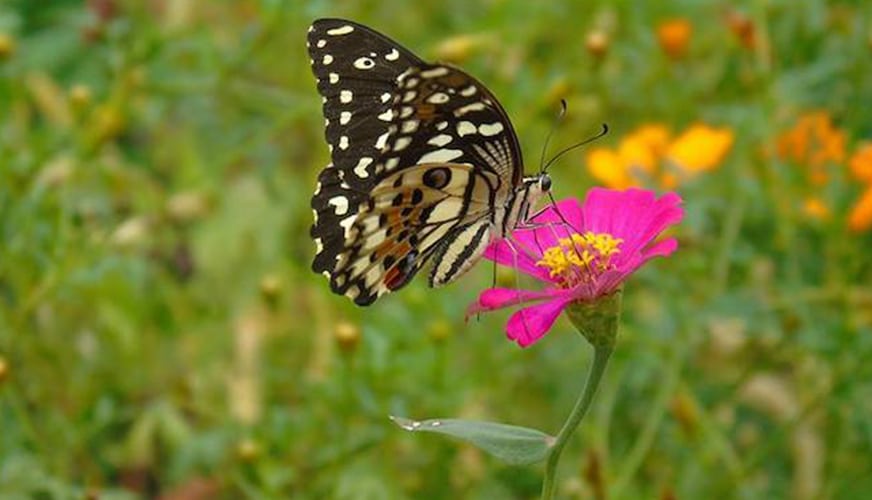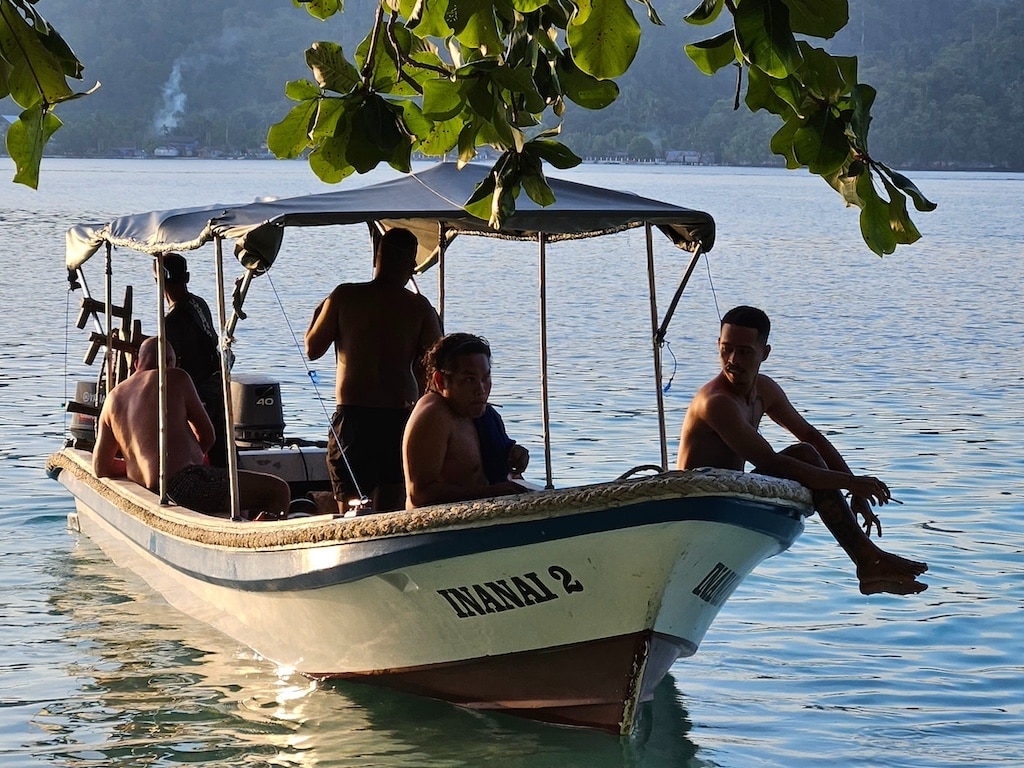Papua
New Guinea
The island of New Guinea is divided in two. Indonesian Papua on the west side of the island and Papua New Guinea (PNG) on the east side. New Guinea is the second biggest island in the world that lies directly above Australia. New Guinea island belongs to the Pacific Melanesian island groups.
The indigenous Papuans have a dark skin and frizzy hair. There is a huge cultural diversity within Papua and over 250 different languages are spoken. Bahasa Indonesia however is the work language and used in the cities.
Religion
88% of the country of Indonesia is Muslim and 10% is Christian. In Papua, 75% of the population is Christian and less than 25% Muslim.
Religion in Indonesia is considered very important and a visible part of the daily life of the locals.
Did you know that on Indonesian identity cards it is written which religion you believe in? Not having a religion or not believing is out of the question.

Economy
In remote areas of Papua, education and health care are often not running well enough, leaving the schools empty. Facilities are concentrated in cities and are difficult to reach for many Papuans. The villages and countryside are among the poorest of Indonesia, whereas the living standards in cities have risen steadily. Many jobs, however, are taken by the immigrants from outside Papua, which decreases the already few opportunities of the indigenous in Papua.
This is one of the reasons why Travel Papua works directly as much as possible with Papuans and communities.
→ Learn more about how you support local communities by traveling with Travel Papua at sustainability.

Wildlife
Papuan wildlife is very different from the rest of Indonesia. Besides crocodiles and endemic bird species, such as those belonging to the group of the Birds of Paradise, you can find tree-kangaroos, wallabies, bandicoots, cuscuses and possums.
Papua has still a lot of primary rainforest. Rivers and high mountains create natural borders between the different villages and tribes. Infrastructures outside the cities are poorly developed, and the wild environment makes traveling in Papua difficult from time to time.
Unfortunately, the threat of illegal logging in the rainforests is growing day by day.